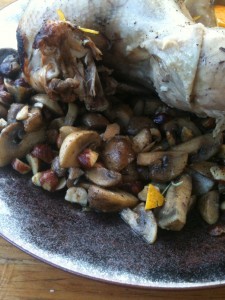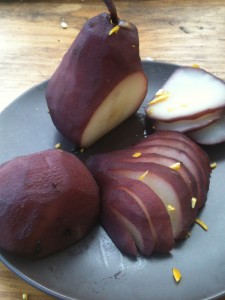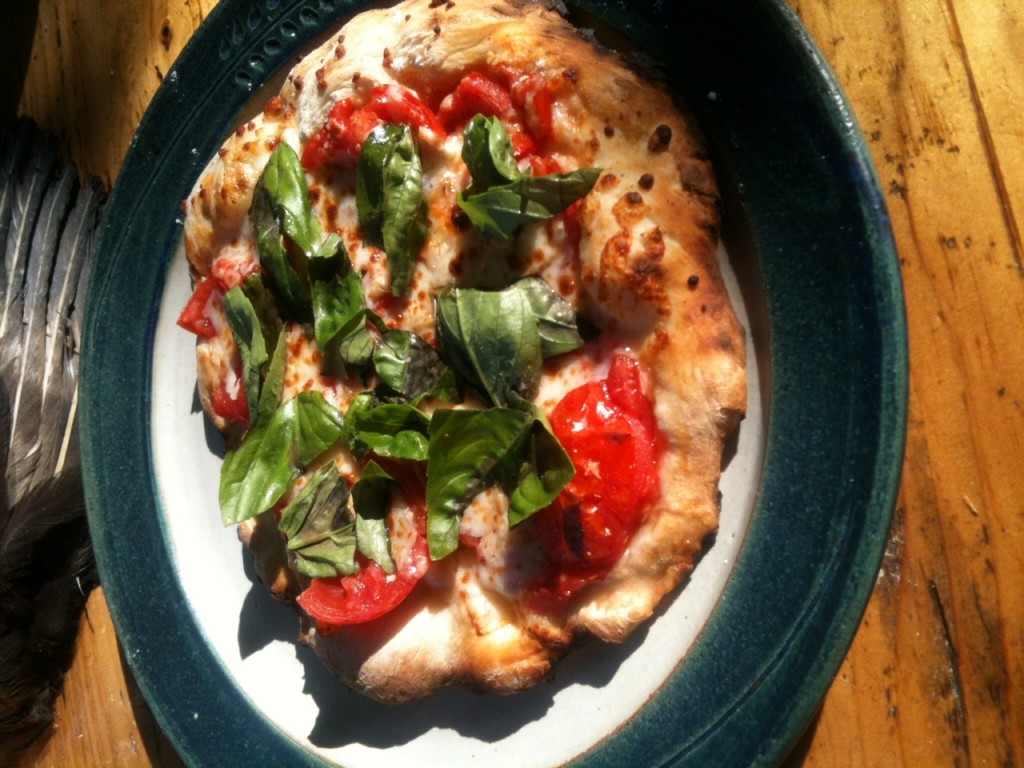Part II: Flavored Salts and Sugars, Oils, and Extracts
In the previous issue of Renaissance Magazine, I wrote about how a well-stocked pantry or larder was essential to any kitchen. It doesn’t matter the size of the kitchen, but food preserving helped keep food longer. In this issue, I will focus on flavor enhancements including flavored sugars, salts, oils and vinegars as well as making your own extracts. Although some of the enhancements were not widely used until well after the Renaissance period, they can complement any dish from any time period. In addition, they make lovely gifts to your loved ones.
Flavored Salts and Sugars
Many of us are familiar with cinnamon sugar that topped our toast. This is a similar process, but instead of blending powdered spices with sugars and salts, an older method is to let the sugar or salts absorb a lot of the essential oils from the fresh herbs and spices.
This is a fairly easy process. You will need a ceramic dish such as ramekins. Place a layer of salt or sugar at the bottom of the dish. Sweet things should be applied to the sugar (nutmeg, ginger, vanilla, clove, citrus zest, or cinnamon) and savory things would be applied to the salt (garlic, rosemary, chilies, etc.) Place the chosen flavor on top of the bottom layer of salt or sugar and begin layering.
Once the layering is finished, place the dish in a low heat area so the flavor infuses with the salt or sugar. Salt requires a higher heat (200 degrees) for an hour and sugar requires a lower heat (100 – 150 degrees) for two hours. The flavoring would need to be stirred occasionally within the sugar or salt to ensure thorough blending. Place in an airtight container and serve as needed; it is important that the flavored sugars and salts are not cooled, as it will halt the flavor from disbursing evenly.
Extracts
Like the sugars, extracts are easy to make. Finding a sweet spice (nutmeg, ginger, vanilla, clove, citrus zest, or cinnamon) and placing it into a clean bottle that can be sealed. The ingredients will need to be either cracked (cinnamon, nutmeg, clove, or ginger) or sliced thinly (vanilla and citrus zest. Add a strong flavorless liquor such as Everclear or Vodka and seal shut in a dark place. The longer the combined ingredients sit sealed with occasional shaking, the stronger the extract will become. Through this process, I have made vanilla, ginger, and various citrus extracts.
Flavored Oils & Vinegars
Flavored vinegars and oils require heating the liquid before adding the herbs or spices. By using savory herbs such as rosemary, basil, thyme, or peppers, one can create a wonderful addition to their kitchen. To begin, slowly heat the vinegar or oil. While it heats up, chop the herbs into large pieces and add them to the mixture. It is important that you do not let the pot boil. By simmering it and bottling it in small amounts, it prevents waste. The flavored oils should be chilled as they spoil very quickly and should be used within 2 – 3 weeks. The acids in the vinegars will keep longer than the oils and can be kept for months. The flavored vinegars make a nice addition to olive oil for dressings and marinades.




